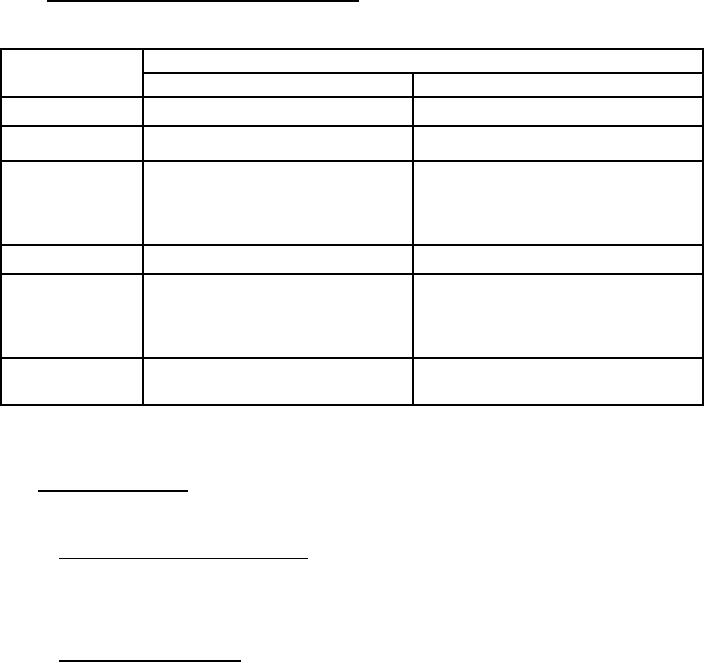
MIL-PRF-19500/622D
* 4.3 Screening (JANS, JANTX, and JANTXV levels only). Screening shall be in accordance with MIL-PRF-19500
( table E-IV), and as specified herein. The following measurements shall be made in accordance with table I herein.
Devices that exceed the limits of table I herein shall not be acceptable.
Screen (see table E-IV
Measurement
of MIL-PRF-19500)
JANS level
JANTX and JANTXV levels
(1) 3c
Thermal impedance (see 4.3.2)
Thermal impedance (see 4.3.2)
9
Not applicable
ICES1 and hFE2
11
Subgroup 2 of table I herein;
ICES1 and hFE2
ICES1 and hFE2; ĆICES1 = 100 percent of initial
value or 1 µA dc, whichever is greater.
ĆhFE2 = ±20 percent of initial value.
12
See 4.3.1
See 4.3.1
13
Subgroup 2 and 3 of table I herein;
Subgroup 2 of table I herein;
ICES1 and hFE2; ĆICES1 = 100 percent of initial
ICES1 and hFE2; ĆICES1 = 100 percent of initial
value or 1 µA dc, whichever is greater.
value or 1 µA dc, whichever is greater.
ĆhFE2 = ±20 percent of initial value.
ĆhFE2 = ±20 percent of initial value.
For TO-254AA packages: Method 1081
For TO-254AA packages: Method 1081 of
*
17
of MIL-STD-750 (see 4.3.3), Endpoints:
MIL-STD-750 (see 4.3.3), Endpoints:
Subgroup 2 of table I herein.
Subgroup 2 of table I herein.
* (1) Shall be performed anytime after temperature cycling, screen 3a; JANTX and JANTXV levels do not need to
be repeated in screening requirements.
4.3.1 Power burn-in conditions. Power burn-in conditions are as follows:
TJ = +175°C min, VCE = 10-30 V dc, TA = +30 ± 5°C.
4.3.2 Thermal impedance (ZθJX measurements). The ZθJX measurements shall be performed in accordance with
method 3131 of MIL-STD-750 using the guidelines in that method for determining IM, IH, tH, tMD (and VC where
appropriate). The ZθJX limit used in screen 3c shall comply with the thermal impedance graph on figure 3 (less than
or equal to the curve value at the same tH time) and/or shall be less than the process determined statistical maximum
limit as outlined in method 3131.
*
4.3.3 Dielectric withstanding voltage.
a.
Magnitude of test voltage.....................................900 V dc.
b.
Duration of application of test voltage....................15 seconds (min).
c.
Points of application of test voltage........................All leads to case (bunch connection).
d.
Method of connection.........................................Mechanical.
e.
Kilovolt-ampere rating of high voltage source..........1,200 V/1.0 mA (min).
f.
Maximum leakage current....................................1.0 mA.
g.
Voltage ramp up time...................................................500 V/second.
5
For Parts Inquires call Parts Hangar, Inc (727) 493-0744
© Copyright 2015 Integrated Publishing, Inc.
A Service Disabled Veteran Owned Small Business